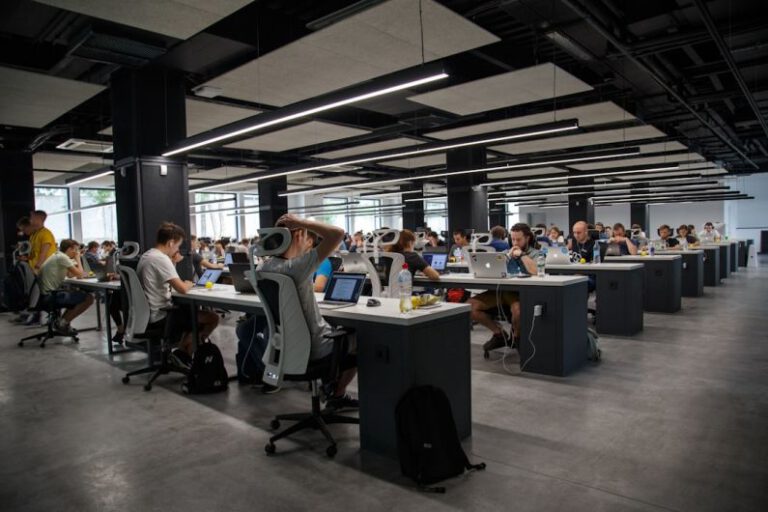Food Technology: the Future of What We Eat
Advancements in food technology have revolutionized the way we produce, consume, and think about food. From innovative farming techniques to cutting-edge food processing methods, the future of what we eat is being shaped by technology in ways that were once unimaginable. In this article, we will explore how food technology is transforming the food industry and what we can expect to see on our plates in the years to come.
The Rise of Plant-Based Alternatives
One of the most significant trends in food technology is the rise of plant-based alternatives to traditional animal products. With concerns about sustainability, animal welfare, and personal health on the rise, more and more consumers are turning to plant-based options for their protein needs. Companies like Beyond Meat and Impossible Foods have developed plant-based burgers that look, taste, and even “bleed” like real beef. These products are not only appealing to vegetarians and vegans but also to meat-eaters looking to reduce their meat consumption for environmental or health reasons.
Food Personalization and Customization
Thanks to advances in technology, personalized and customized food products are becoming increasingly popular. From personalized nutrition plans based on individual DNA to customized meal delivery services tailored to specific dietary preferences, consumers now have more options than ever to personalize their food choices. This trend is driven by the desire for healthier and more convenient food options, as well as the growing awareness of the impact of diet on overall health and well-being.
3D Food Printing
3D food printing is a cutting-edge technology that has the potential to revolutionize the way we prepare and consume food. Using a process similar to traditional 3D printing, food printers can create intricate and customized shapes and textures using edible ingredients. This technology is already being used to create personalized confections, intricate cake decorations, and even entire meals. In the future, 3D food printing could offer a solution to food waste by allowing for precise portion control and the creation of food products with extended shelf lives.
Sustainable Food Packaging
In addition to changing how we eat, food technology is also transforming how our food is packaged and delivered. Sustainable packaging materials made from biodegradable or compostable materials are becoming more common, reducing the environmental impact of food packaging waste. Companies are also exploring innovative packaging solutions, such as edible packaging made from seaweed or beeswax, that eliminate the need for traditional plastic packaging altogether. These advancements in food packaging technology are helping to reduce plastic pollution and create a more sustainable food system.
Vertical Farming and Indoor Agriculture
Vertical farming and indoor agriculture are innovative farming techniques that are revolutionizing the way we grow fresh produce. By growing crops in vertically stacked layers in controlled indoor environments, farmers can produce more food using less land, water, and pesticides than traditional farming methods. This technology allows for year-round crop production, regardless of climate or location, and reduces the need for long-distance transportation of produce. Vertical farming and indoor agriculture have the potential to increase food security, reduce the environmental impact of agriculture, and provide fresh, locally grown produce to urban populations.
The Future of Food Technology
As food technology continues to advance, we can expect to see even more exciting developments in the way we produce, consume, and think about food. From lab-grown meat and seafood to personalized nutrition plans based on individual health data, the future of what we eat is full of possibilities. By embracing these innovations and pushing the boundaries of what is possible, we can create a more sustainable, healthy, and delicious future for food. The intersection of technology and food is a dynamic and ever-evolving field that promises to shape the way we eat for generations to come.






